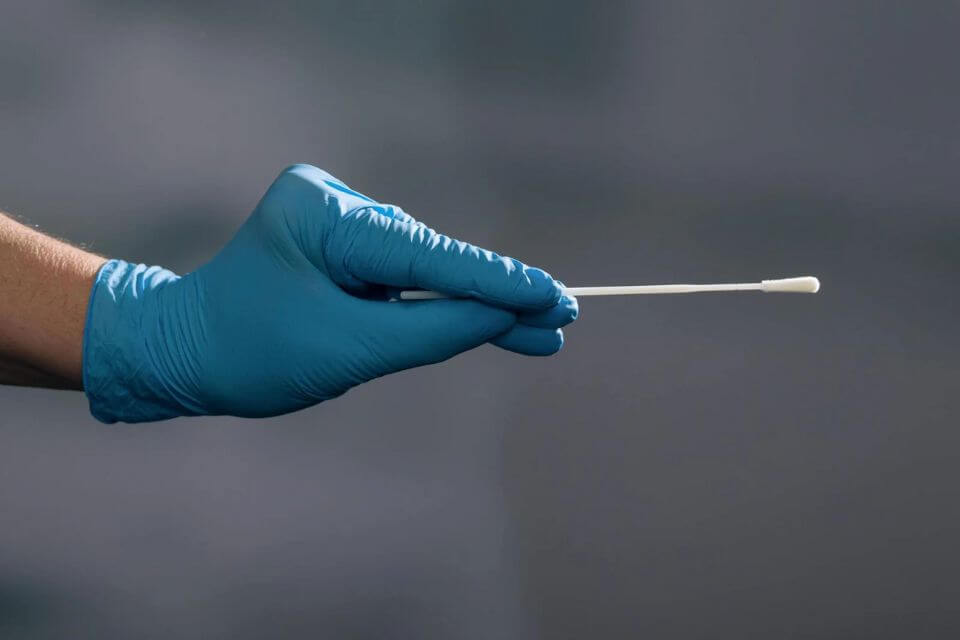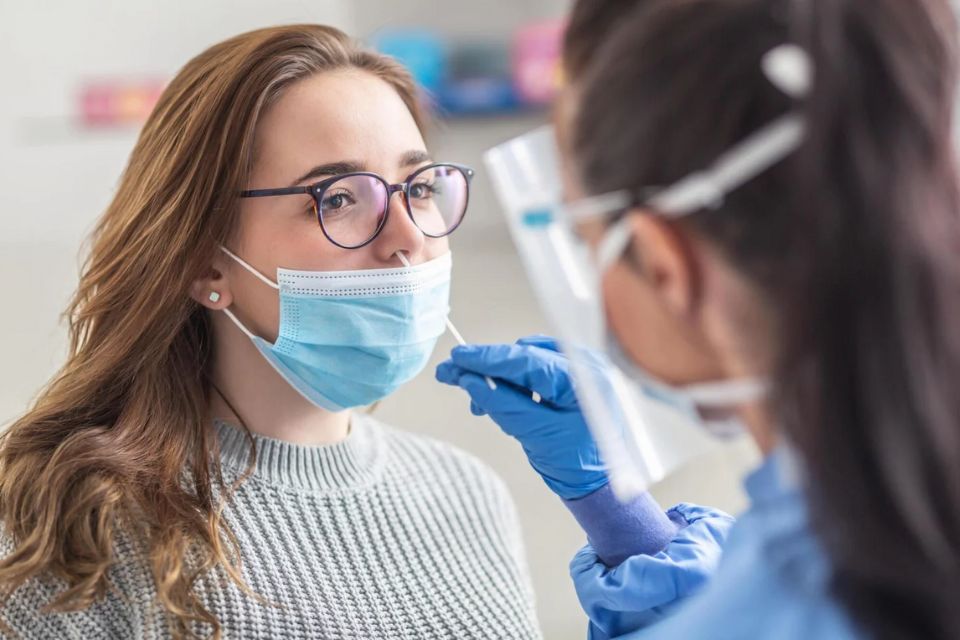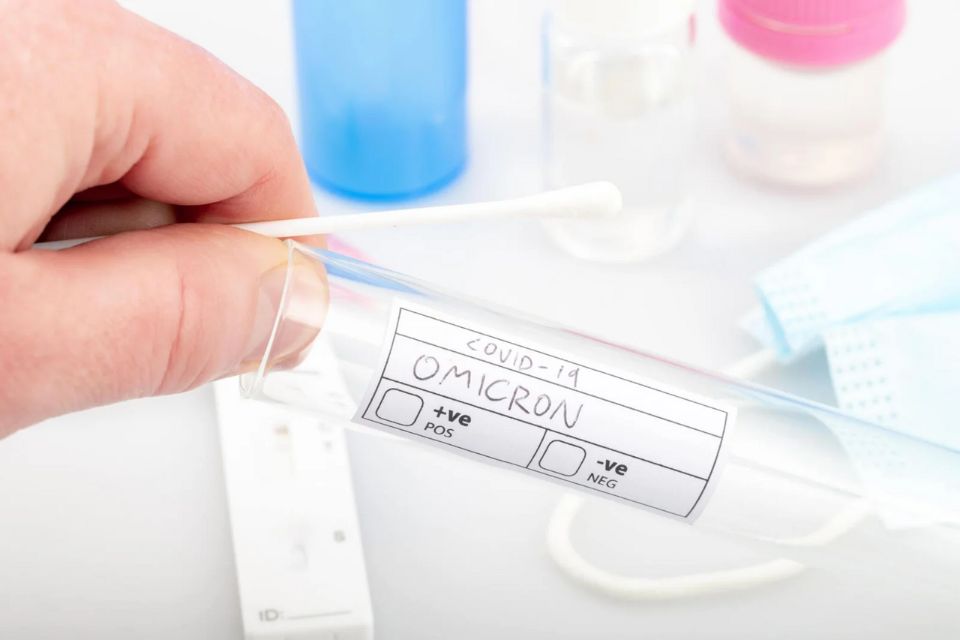Evaluating Disposable Sampling Swabs for Monitoring Microbial Contamination in Healthcare Settings

The hospital surface environment can act as a reservoir for pathogenic microorganisms, posing a risk for healthcare-associated infections (HAIs). As concerns grow over the role of environmental contamination in disease transmission, researchers have sought to understand the efficacy of various sampling methods to monitor these surfaces.
What Did the Comprehensive Review Entail?
In a 2019 review, researchers evaluated current literature on surface sampling methodologies used in healthcare settings, with a focus on disposable sampling swabs. The study analyzed 98 publications, examining the devices used, processing methods, and environmental and biological factors influencing sampling results.
How Do Swabs Fare in Sampling Efficacy?
The review found significant variations in the recovery efficiencies of different sampling techniques. Disposable swabs, particularly macrofoam swabs, were generally considered the most effective type for environmental sampling. They outperformed contact plates and other swab materials in recovering certain pathogens, such as methicillin-resistant Staphylococcus aureus (MRSA), from various surfaces.
However, swab performance can be influenced by factors like surface wetness, roughness, and the target organism. For instance, cotton swabs excelled on wet surfaces, while sponges were superior for highly contaminated areas and the recovery of Clostridium difficile.
Can Pre-analytical Steps Enhance Swab Efficiency?
Pre-analytical steps, such as pre-moistening swabs with wetting agents like saline or buffered peptone water, significantly improved microbial recovery rates. Appropriate transport media and neutralizers were also crucial for maintaining sample integrity during processing.
What Role Do Advanced Molecular Methods Play?
While traditional culture-based methods were widely employed, molecular techniques like polymerase chain reaction (PCR) and matrix-assisted laser desorption/ionization time-of-flight mass spectrometry (MALDI-TOF MS) provided more comprehensive identification of microorganisms, including those difficult to culture.
Is There a Need for Standardized Protocols?
Despite the insights gained, the review highlighted the lack of standardized sampling protocols for healthcare environments. Researchers emphasized the need for further evidence-based assessments under diverse conditions to develop optimized, routine sampling guidelines tailored to different surfaces and target organisms.
A Collaborative Endeavor for Safer Facilities
While swabs offer practical advantages, their efficacy can vary based on environmental and biological factors, necessitating careful method selection and complementary analytical approaches. Establishing standardized protocols through multidisciplinary collaboration is crucial for maintaining a safe and hygienic hospital environment, ultimately reducing the risk of HAIs.
Click to View → Mantacc Disposable Sampling Swabs
References
How to carry out microbiological sampling of healthcare environment surfaces? A review of current evidence









